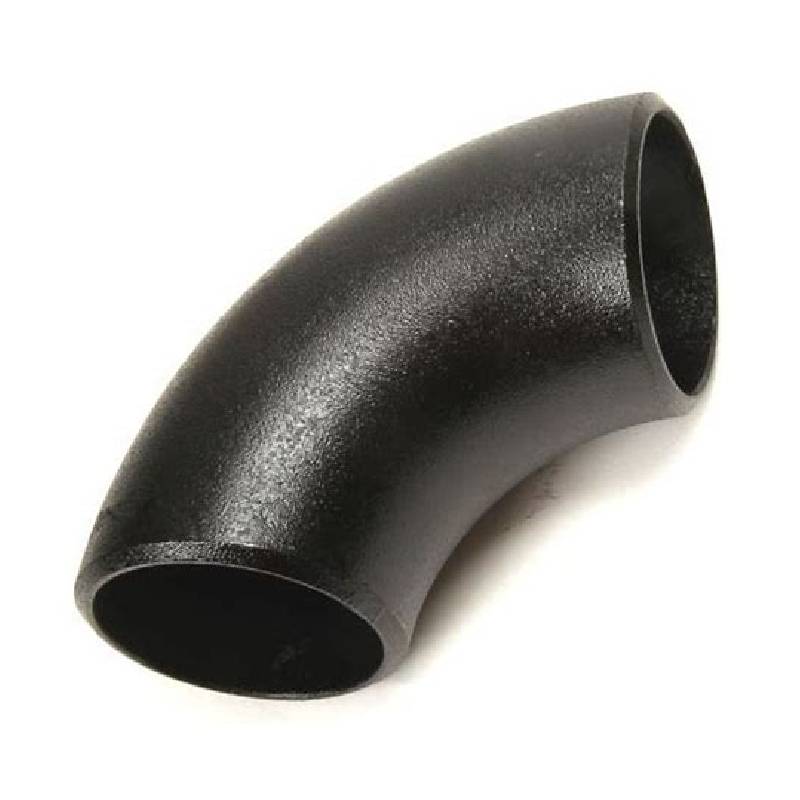-
Cangzhou Yulong Steel Co., Ltd.
-
Phone:
+86 13303177267 -
Email:
admin@ylsteelfittings.com

Aug . 13, 2024 03:46 Back to list
Design and Optimization of Feed Chamber Liners for Enhanced Performance in Industrial Applications
Understanding Feed Chamber Liners in Industrial Applications
Feed chamber liners play a crucial role in various industrial processes, particularly in the mining, mineral processing, and cement industries. These components are designed to protect the integrity of machinery operating within harsh environments, where wear and tear are inevitable due to the high levels of friction and impact associated with material processing.
What are Feed Chamber Liners?
Feed chamber liners are specialized protective barriers that line the interior surfaces of equipment like hoppers, chutes, and feeders. Their primary function is to minimize wear on the equipment from the bulk material passing through it, which can be abrasive or corrosive in nature. By doing so, they not only extend the lifespan of the equipment but also enhance overall operational efficiency.
Materials Used in Feed Chamber Liners
The selection of materials for feed chamber liners is critical, as they must withstand extreme conditions. Common materials include high-density polyethylene, rubber, wear-resistant steel, and composite materials.
1. High-Density Polyethylene (HDPE) This plastic material is known for its toughness and resistance to impact. HDPE liners are lightweight and easy to install, making them ideal for applications where weight savings are essential.
2. Rubber Rubber liners offer excellent cushioning properties, absorbing shocks and reducing noise levels. They are particularly useful in applications with lower temperatures, providing flexibility and resistance to certain chemicals.
3. Wear-Resistant Steel For extremely abrasive materials or high-impact environments, wear-resistant steel liners are the preferred choice. These liners are designed to withstand significant wear while maintaining their structural integrity.
4. Composite Materials Innovations in composite materials have led to liners that offer a blend of strength, durability, and lightweight characteristics. These materials are engineered to provide enhanced resistance to both abrasive and corrosive environments.
feed chamber liner

Benefits of Using Feed Chamber Liners
1. Extended Equipment Lifespan By reducing wear and tear, feed chamber liners considerably lengthen the operational life of machinery. This translates to lower maintenance costs and reduced downtime.
2. Improved Material Flow Properly installed liners contribute to smoother material flow through feeders and hoppers, optimizing the efficiency of the entire production process.
3. Cost-Effective Solution Although the initial investment in high-quality liners may be higher, the long-term savings from reduced maintenance and equipment replacement make them a cost-effective solution.
4. Enhanced Safety Liners can also improve workplace safety by minimizing the risk of equipment failure that can lead to hazardous situations. Safe equipment operation is imperative in industrial settings, and liners contribute to that goal.
Maintenance and Inspection
Regular inspection and maintenance of feed chamber liners are essential to ensure they are functioning effectively. Operators should routinely check for signs of wear, cracking, or other forms of damage. Timely replacement of worn liners is crucial to maintaining equipment efficiency and avoiding unexpected breakdowns.
Conclusion
In conclusion, feed chamber liners are vital components in various industrial applications that help protect machinery from wear and tear, ultimately enhancing operational efficiency and safety. By understanding the materials, benefits, and importance of maintenance for these liners, industrial operators can make informed decisions that contribute to the longevity and reliability of their equipment. As industries evolve and face new challenges, the role of feed chamber liners will undoubtedly remain significant in providing effective solutions to manage wear and enhance productivity.
Latest news
-
ANSI 150P SS304 SO FLANGE
NewsFeb.14,2025
-
ASTM A333GR6 STEEL PIPE
NewsJan.20,2025
-
ANSI B16.5 WELDING NECK FLANGE
NewsJan.15,2026
-
ANSI B16.5 SLIP-ON FLANGE
NewsApr.19,2024
-
DIN86044 PLATE FLANGE
NewsApr.19,2024
-
DIN2527 BLIND FLANGE
NewsApr.12,2024
-
JIS B2311 Butt-Welding Fittings LR/SR 45°/90° /180°Seamless/Weld
NewsApr.23,2024
-
DIN2605-2617 Butt-Welding Fittings LR/SR 45°/90°/180° Seamless/Weld
NewsApr.23,2024











